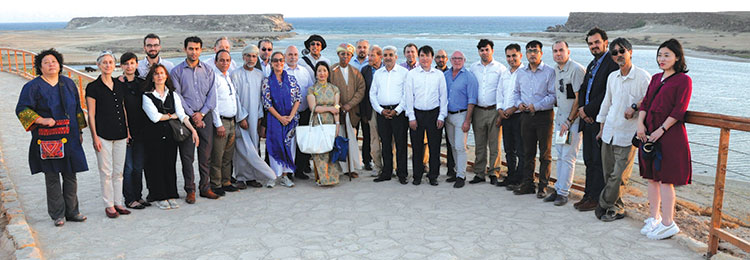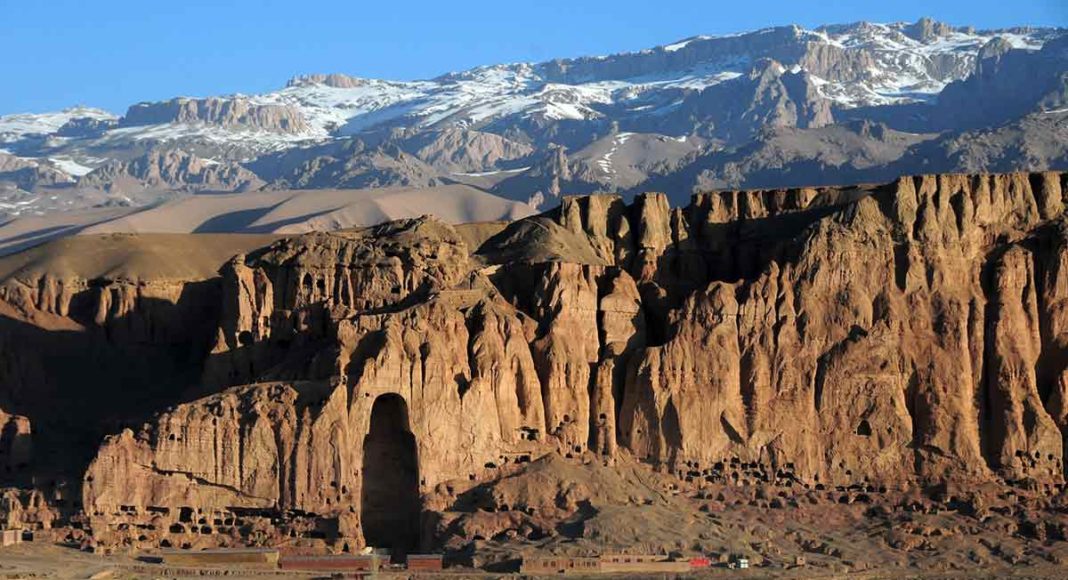Under the auspices of H.E. Abdul Aziz bin Mohammed Al-Rowas, Adviser to His Majesty the Sultan for Cultural Affairs and President ICOMOS OMAN, 30 international experts, high Afghan Government officials and international donors from Italy and Japan gathered for a three-day technical meeting in Salalah recently, to discuss the future of the Bamiyan UNESCO World Heritage property and to enhance international cooperation between all relevant stakeholders.
The Bamiyan World Heritage site is in Afghanistan and has been under UNESCO world heritage protection (since 2003). During the meeting, the participants discussed the recent decisions of the UNESCO World Heritage Committee, to improve awareness on international debates regarding the ethics of recovery and reconstruction of cultural heritage, aiming at removing the property from the list of World Heritage in Danger. The international meeting was sponsored by the government of Japan and organised jointly by the Government of Afghanistan, the UNESCO JFIT programme, the German University of Technology in Oman (GUtech) and by the Research Centre Indian Ocean (RIO) at GUtech.

According to UNESCO the cultural landscape and archaeological remains of the Bamiyan Valley represent the artistic and religious developments which from the 1st to the 13th centuries characterised ancient Bakhtria, integrating various cultural influences into the Gandhara school of Buddhist art. The area contains numerous Buddhist monastic ensembles and sanctuaries, as well as fortified edifices from the later Islamic period. The area is also testimony to the tragic destruction by the Taliban of the two standing gigantic Buddha statues, which shook the world in March 2001.
To reflect on a possible application of the Omani archaeological park model to the Bamiyan World Heritage property, in Afghanistan, the participants of the international meeting undertook visits to the Land of Frankincense World Heritage property, including the Al Baleed and Khor Rohri museums and its interpretation centres. Inspired by the field visit to the archaeological park in Oman and the ICOMOS ‘Salalah Guidelines for the Management of Public Archaeological Sites’, participants actively discussed opportunities and challenges and how to further protect and promote the Bamiyan World Heritage property.

